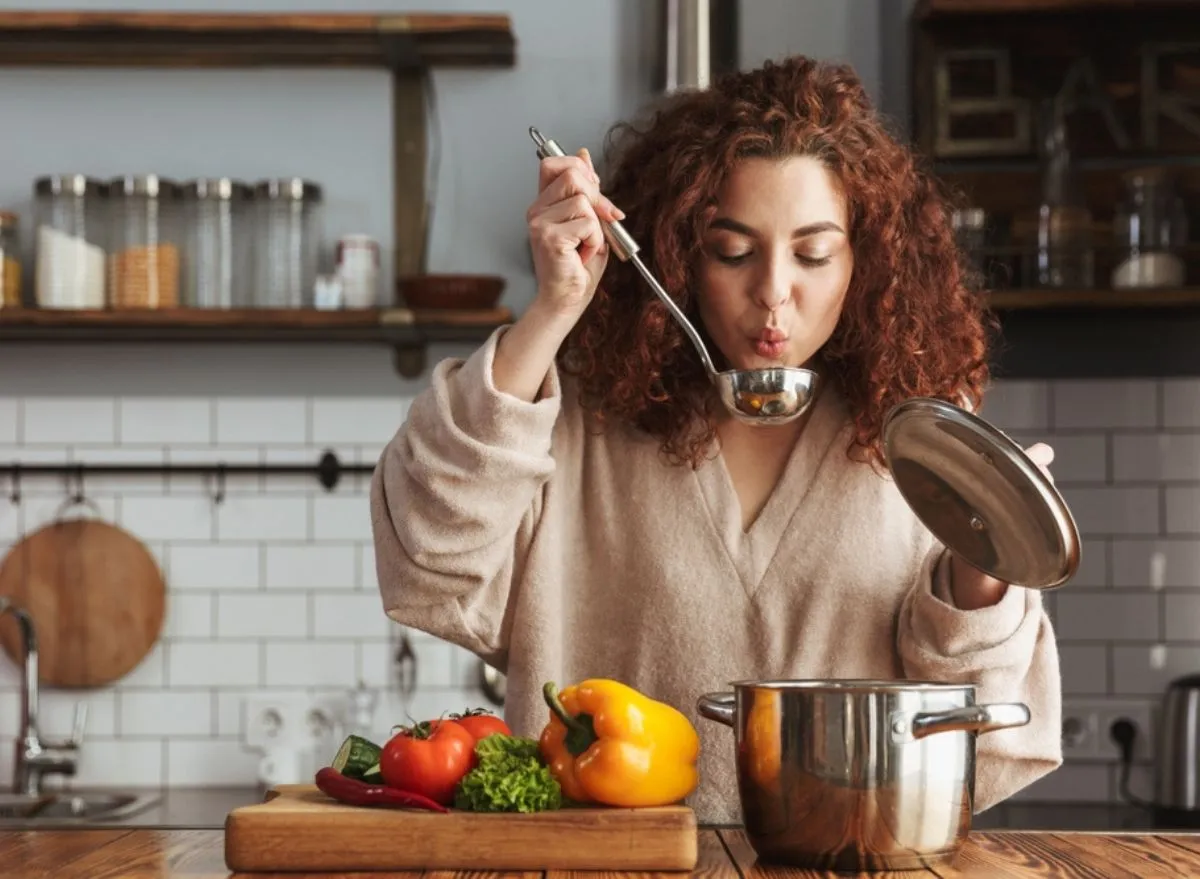Cooking is a blend of science and art, requiring a foundation of fundamental techniques to achieve culinary excellence. Mastering the basics not only enhances your cooking skills but also builds confidence in the kitchen. Whether you’re a novice cook or looking to refine your skills, understanding key techniques and incorporating them into your routine will elevate your culinary creations. This article explores essential cooking techniques and tips for perfecting your cooking skills.
#### **1. Understanding Essential Cooking Techniques**
**1.1. Knife Skills**
– **Chopping and Dicing**: Proper knife techniques are crucial for efficiency and safety. Learn how to chop, dice, and slice vegetables and proteins with precision. Use a sharp chef’s knife and practice the claw grip to keep your fingers safe.
– **Mincing**: Master the art of mincing garlic, onions, and herbs. Mince ingredients finely for a more intense flavor infusion in your dishes.
**1.2. Sautéing**
– **Technique**: Sautéing involves cooking food quickly in a small amount of oil over high heat. This method retains the food’s texture and flavor. Preheat the pan before adding oil and ensure the oil is hot before adding your ingredients.
– **Tips**: Use a wide pan to allow even cooking and avoid overcrowding, which can lead to steaming rather than sautéing.
**1.3. Roasting**
– **Method**: Roasting involves cooking food in an oven at high temperatures, which caramelizes natural sugars and enhances flavors. This technique is ideal for vegetables, meats, and poultry.
– **Tips**: Preheat your oven and use a roasting pan with a rack to allow for even heat circulation. Season food before roasting to enhance flavor.
**1.4. Boiling and Simmering**
– **Boiling**: Boiling involves cooking food in water at 212°F (100°C). It’s commonly used for pasta, rice, and vegetables.
– **Simmering**: Simmering is cooking food in liquid at a slightly lower temperature than boiling, typically around 180-200°F (80-90°C). It’s ideal for soups, stews, and sauces.
– **Tips**: For boiling, add salt to the water to enhance flavor. For simmering, maintain a steady heat and avoid rapid boiling to prevent overcooking.
**1.5. Baking**
– **Technique**: Baking involves cooking food using dry heat in an oven. It’s a precise method, particularly for baked goods like bread, cakes, and cookies.
– **Tips**: Follow recipes carefully and use the correct oven temperature. Preheat your oven and use the center rack for even baking.
#### **2. Mastering Key Cooking Tips**
**2.1. Mise en Place**
– **Definition**: “Mise en place” means “everything in its place.” This technique involves preparing and organizing all ingredients and tools before you start cooking.
– **Benefits**: It streamlines the cooking process, reduces stress, and ensures that you have everything you need on hand.
**2.2. Seasoning**
– **Basics**: Proper seasoning is essential for enhancing the flavor of your dishes. Use salt, pepper, herbs, and spices to elevate your food.
– **Tips**: Season gradually and taste as you go. Remember that some ingredients, like tomatoes, may need more seasoning due to their natural acidity.
**2.3. Temperature Control**
– **Importance**: Maintaining the correct cooking temperature is crucial for achieving the desired texture and flavor. Different foods require different temperatures for optimal cooking.
– **Tips**: Use a kitchen thermometer to check the doneness of meats and baked goods. Adjust heat levels as needed to prevent burning or undercooking.
**2.4. Cooking Times**
– **Guidelines**: Pay attention to cooking times to avoid overcooking or undercooking your food. Follow recipes for recommended times and adjust based on your stove and oven.
– **Tips**: Use timers and check food periodically to ensure it’s cooking evenly and reaching the desired doneness.
**2.5. Resting and Letting Flavors Develop**
– **Resting**: Allow meats to rest after cooking to redistribute juices and enhance flavor. This also helps to retain moisture.
– **Flavor Development**: Let dishes like stews and soups sit for a while before serving to allow flavors to meld and deepen.
#### **3. Practical Tips for Enhancing Your Cooking Skills**
**3.1. Practice Regularly**
– **Consistency**: Regular practice helps build confidence and improve technique. Cook a variety of dishes to develop a well-rounded skill set.
– **Experiment**: Don’t be afraid to try new recipes and techniques. Experimentation helps you learn and refine your cooking abilities.
**3.2. Learn from Mistakes**
– **Mistake Management**: Understand that mistakes are part of the learning process. Analyze what went wrong and use it as an opportunity to improve.
– **Adapt and Adjust**: Learn to adapt recipes and techniques based on your experiences and preferences.
**3.3. Invest in Quality Tools**
– **Essential Tools**: Invest in quality kitchen tools like knives, pots, and pans. Good tools make cooking more enjoyable and efficient.
– **Maintenance**: Keep your tools well-maintained and sharpened to ensure they perform optimally.
**3.4. Seek Inspiration and Education**
– **Cookbooks and Online Resources**: Use cookbooks, online recipes, and cooking shows for inspiration and new techniques.
– **Cooking Classes**: Consider taking cooking classes or workshops to gain hands-on experience and expert guidance.
#### **4. Conclusion**
Mastering the basics of cooking involves learning and practicing essential techniques that form the foundation of great culinary skills. By understanding key methods like sautéing, roasting, and baking, and incorporating practical tips such as mise en place and proper seasoning, you can enhance your cooking abilities and create delicious meals with confidence. Embrace the learning process, practice regularly, and continue to explore new techniques and recipes to become a skilled and versatile cook. With time and dedication, you’ll find joy and satisfaction in perfecting your culinary craft.
